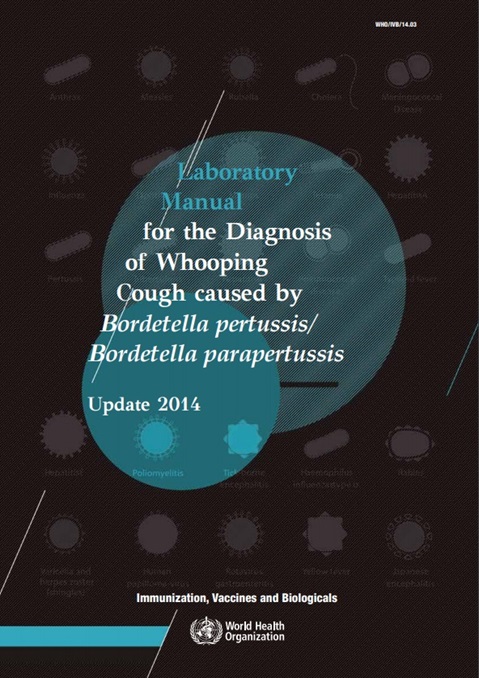Laboratory manual for the diagnosis of whooping cough caused by Bordetella pertussis-Bordetella parapertussis. Update 2014

Overview
Whooping cough is a worldwide infectious disease caused by the bacteria Bordetella pertussis and Bordetella parapertussis. It is a respiratory disease occurring after transmission of the bacteria from person- to-person in airborne droplets. The bacteria are highly infectious and unprotected close contacts are liable to become infected. Incidence is highest in children under five, except where infant vaccination programmes have been effective and a shift has occurred to adolescents.
Whooping cough is not only a childhood disease. It is dramatic for neonates and infants but can also be very severe for children and adults. For over 40 years, whole-cell pertussis vaccines have been very effective, preventing around 760 000 deaths worldwide every year. Nevertheless, pertussis disease continues to impose a high burden — there are still 50 million cases of pertussis disease and 300 000 deaths annually, mostly among infants.
